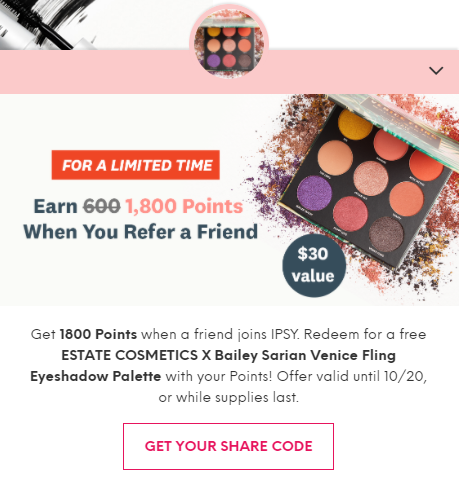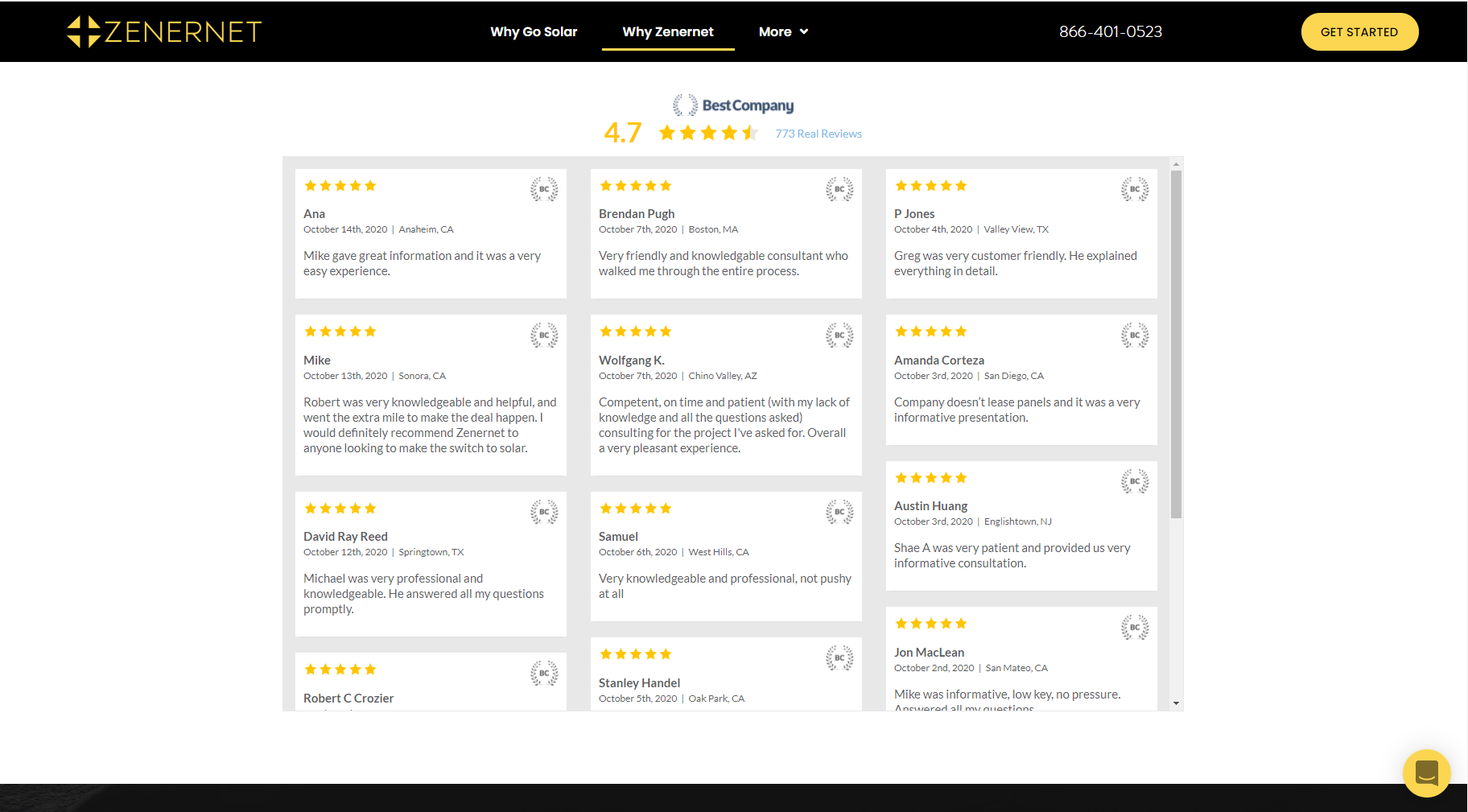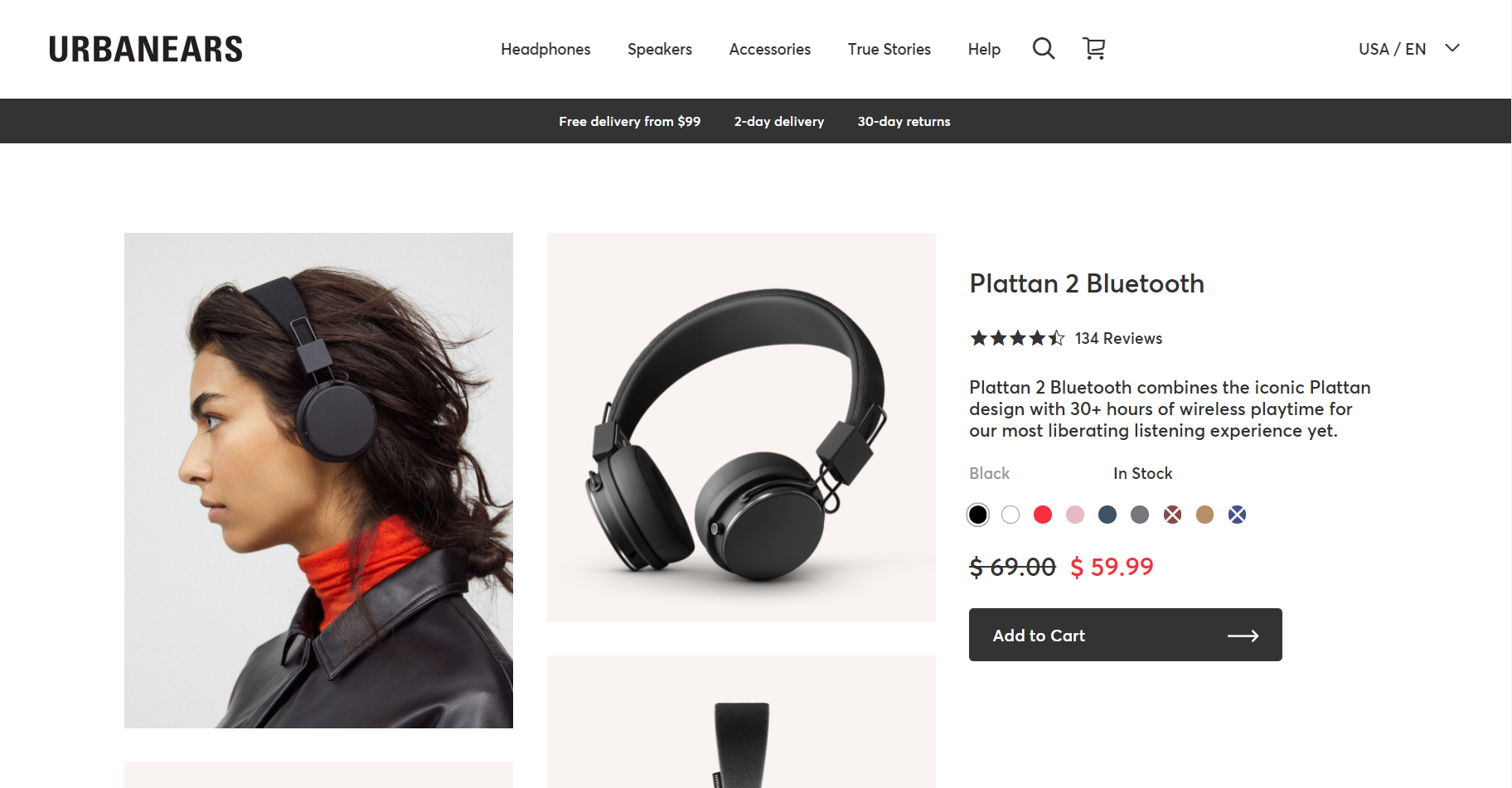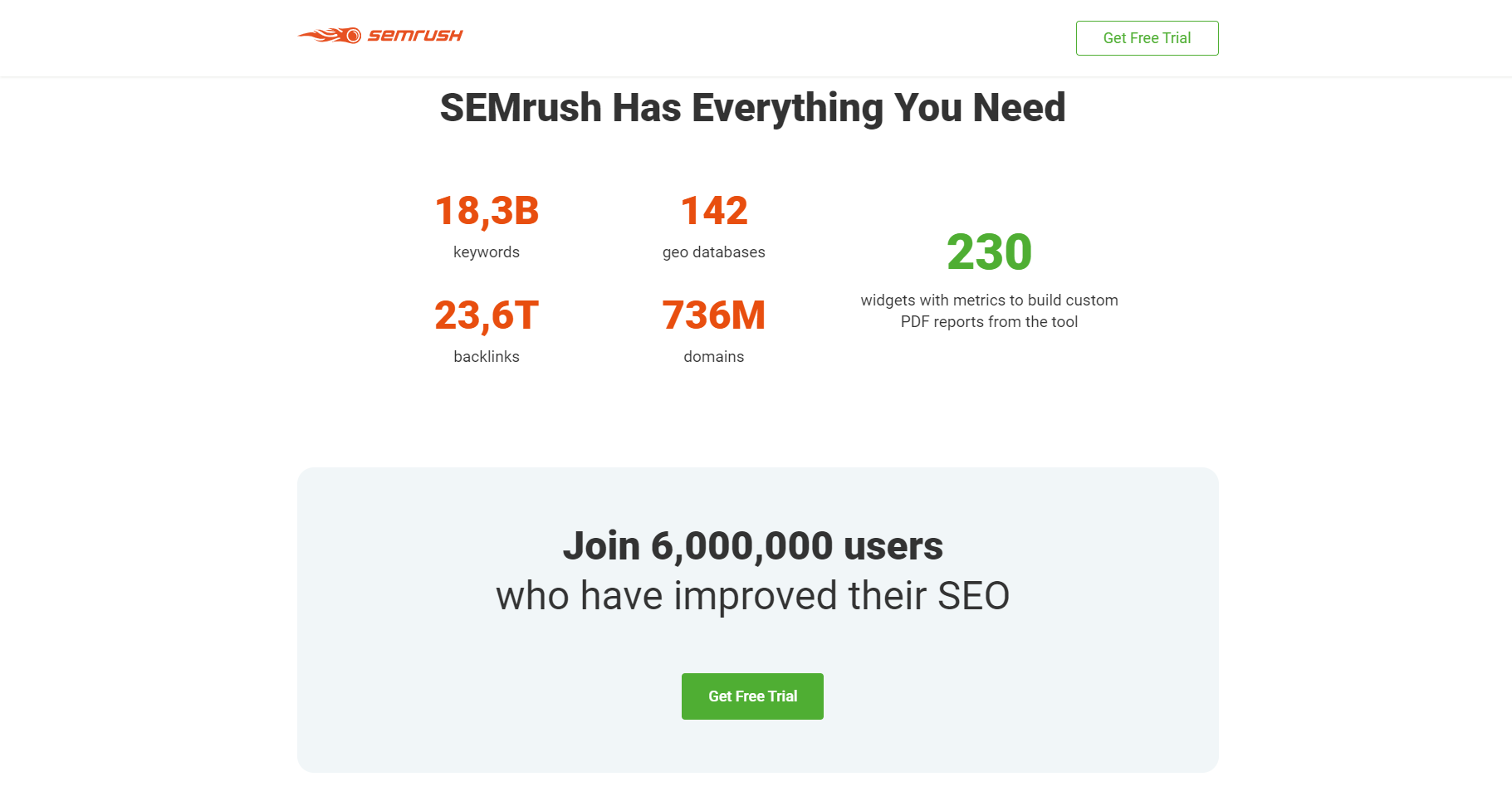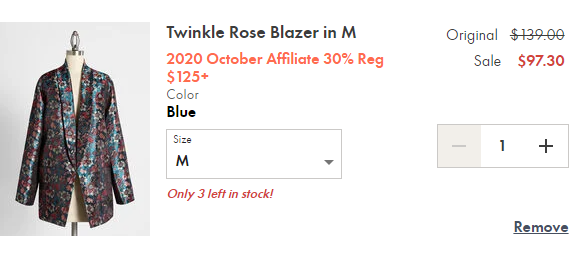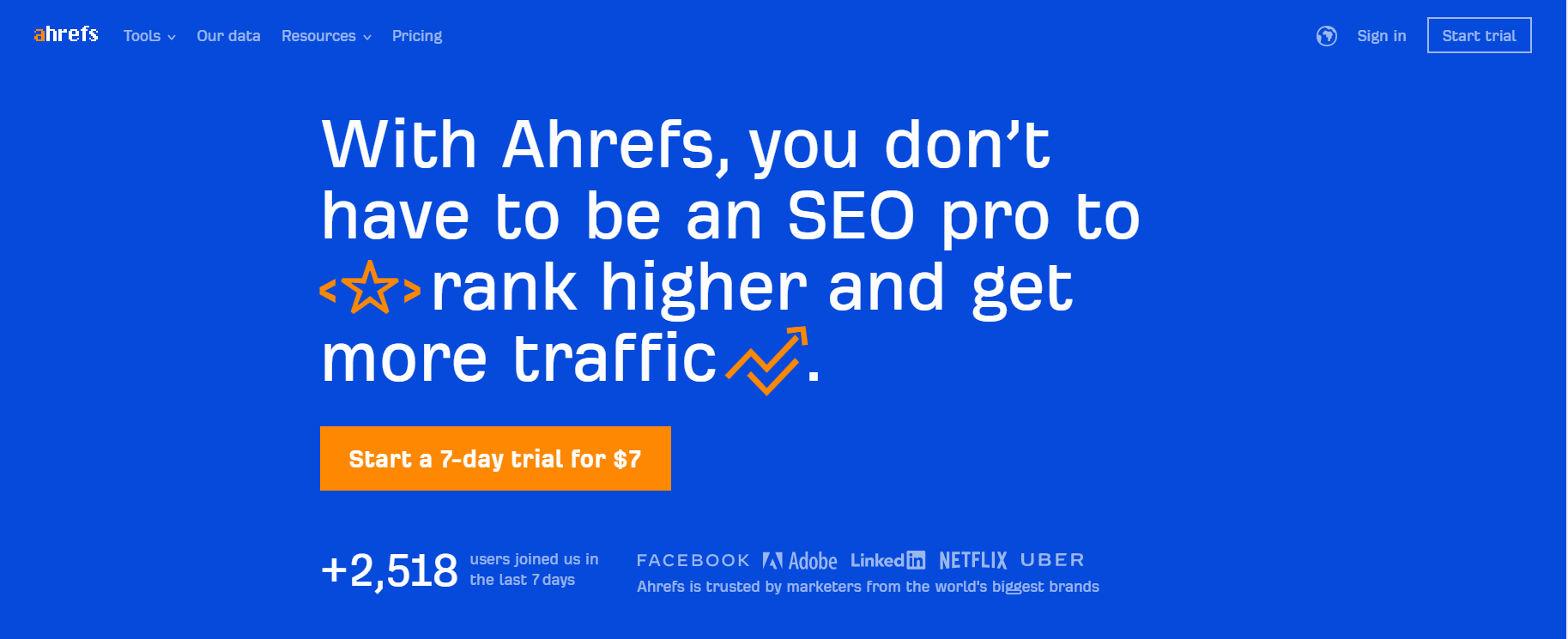Table of contents
- What is social proof?
- Why use social proof?
- The types of social proof
- Celebrity social proof
- Expert social proof
- Influencer marketing
- Friends and family endorsements
- User endorsements
- Ideal customer social proof
What is social proof?
How do you choose what to eat at a potluck?
You probably don’t put that much thought into it — just load up on the stuff you like, right?
But say you love mashed potatoes, and there are two casserole dishes filled with them. Do you pick the one that’s barely touched, or the one that people are lining up to fill their plates with?
Whether you consciously decide this or not, you’ll be inclined to load up on the mashed potatoes that are going fast. That’s social proof at work.
Social proof can go by a bigger name: informational social influence. Basically, you do something to fit in with the masses. People will often look to their surroundings to inform their own behavior.
That’s why social proofing is a great way to convince others to take action: buy your product, schedule a demo, learn more. Show your potential customers that other people are doing these things and enjoying your service.
Why use social proof?
You have a world of competition online, even in niche industries. Because of this, if you’re new to building your online presence, it’s hard to convince customers that you’re the business they should choose. That’s why you should leverage social proof whenever you can.
These signals of trust may even keep your users on a page at crucial stages of conversion, rather than bouncing or moving on.
When scientists tested this psychological phenomenon by having participants select grocery items, they found that presenting data on other participants' choices influenced the volunteer's selection. This was particularly true if the volunteer had no prior preference for a product.
If customers don't know you, they'll see what people are saying about you before they make a decision. It makes sense. And it's probably not news to you; the only thing that's new may be the term social proof.
The types of social proof
Celebrity social proof: Remember the sports star on your cereal box? Or the pop star with a milk moustache on a school banner in your cafeteria? Liking those celebrities might have made all the difference in your purchasing decision...or your parent’s.
A celebrity endorsement is more attainable than ever before. Famous TV stars, singers, and business moguls flock to social media, where they’re easy to reach. And they have hoards of followers who can see what they buy.
Expert social proof: Nine out of ten dentists agree that your new toothpaste brand will prevent cavities. What about snagging a quote and a picture from one of these dentists to market your toothpaste?
Expert social proof can also come in the form of awards and achievements from trusted brands. For example, a blue checkmark verifying your identity on Twitter is social proof, because Twitter vets the identities of users on their platform.
Influencer marketing: Influencer marketing is relatively new; it creates a space for marketing somewhere between your ideal customer and a celebrity endorsement. Influencers are social media famous, but they might be cheaper to collaborate with than someone who classifies as a celebrity. Customers aspire to be like influencers, and so social proof coming from influencers they follow will have a similar impact to celebrity social proof.
Friends and family endorsements: Remember that potluck example with the mashed potatoes? What else could have convinced you that the more popular mashed potatoes were better? Maybe your friends were eating it up, while a few strangers were at the other casserole dish of mashed potatoes.
Robert Cialdini, the man who coined the term social proof, noted that “influence is often best exerted horizontally rather than vertically.” In other words, recommendations from people you know or people like you have more impact than recommendations from strangers.
While it’s good marketing to collect endorsements from people your customers aspire to be, it’s also important to get the approval of your customer’s peers.
User endorsements: If a person’s friends and family haven’t tried your product, groupthink still applies on a broader scale with strangers’ recommendations. Like this: "Everybody buys this brand of tire, so jump on the bandwagon!"
Being able to showcase that crowds of people have enjoyed your service speaks volumes, so grab that megaphone and shout it out.
Ideal customer social proof: Finally, and most importantly, positive social proof from your ideal customer attracts more people like themselves. Your marketing team probably uses buyer personas to understand who you’re selling to. Getting the approval of one of these buyer personas will attract similar people, backing Cialdini’s theory that horizontal social influence is best.
Examples of social proof
Celebrity social proof
Free celebrity shout-outs
Celebrity shout-outs aren’t usually something you can plan; your best course of action would be to make a likeable product. That’s because these unpaid shout-outs come abruptly when a celebrity praises a company for their product or service.
It’s hard to tell a free shout-out from a paid celebrity endorsement in the wild. On Instagram, influencers have to note whether they’re posting a paid ad, but not all social media sites have the same stipulations. But when it's your business, you'll know when a celebrity has given you a genuine compliment.
Paid celebrity endorsements
Paying a celebrity to promote your brand is an older, more traditional route to gather social proof. Paid celebrity endorsements are typically a tool for big brands with money, and they’re unrealistic if your budget is tight. But if you have the spend, celebrities have some of the biggest social influence.
Health and diet company WW has a bank of celebrity ambassadors, from Ciara to Kate Hudson. The company formats their celebrity stories like case studies and gathers a backlog of video testimonials. They know that attaching a celebrity face to their product is influential

If you really want to try paid celebrity endorsements on a tight budget, the app Cameo is a good place to start. Niche celebrities will give your business a shout-out for nickels and dimes, but be thoughtful about your positioning. What relationship does your chosen celebrity have with your audience? Why would they influence your buyers?
Expert social proof
Industry certification
Getting endorsed by experts in your field asserts your expertise. Sites that review your niche and provide category awards may give you a badge to put on your domain. Or, you might show your certifications to let buyers know you’re qualified.
Tax relief company Innovative Tax Relief features its IRS Enrolled Agent qualification alongside awards from various review companies:
Social media verification
If social media authorities think you’re legit, users are more likely to think so, too. Becoming Twitter verified marks you with authority on its platform. Facebook has a similar verified check. Other sites, like Yelp, have verified license badges to showcase your trade licenses. These make you appear more professional and let customers know that other businesses trust you.
Expert endorsement
Customers want validation from someone who knows what they’re talking about. That’s why third-party experts make excellent endorsements. Spin that “9 out of 10 dentists agree” narrative into a fresher take by having experts review your products, recommend their favorites, or explain how your services could change someone’s life.
Food delivery service Daily Harvest has dietary experts recommend their favorite products. Daily Harvest builds up their experts' credentials by providing them first in a short bio:
Press endorsement
Highlight your credibility by noting where you’ve been featured. Customers will like to see other brands they trust, so showing them you've been covered by Forbes or Business Insider can increase credibility.
Luggage company Monos notes press features and includes a few of their quotes on its landing page:
Influencer marketing
Influencer partnerships
A common technique on social media platforms like Instagram, influencer partnerships allow you to find someone with a following to promote your product, reshare your posts, or be featured on your social media. Sometimes money is involved in this agreement, other times publicity is the only payment. You could target influencers with over a million followers, or start smaller with influencers who have hundreds or thousands of followers.
If you feature someone your audience already knows and likes, they’ll take notice.
Audio preset seller Unison Audio featured an artist in one of their posts to sell his sample packs:
Friends and family endorsements
Referral links and discounts
Encourage your customers to spread the word with referral incentives. If someone hears that their friend subscribes to your service, they’re more likely to convert, particularly if their friend gets a bonus for the referral.
Subscription boxes are one industry that leverages referral programs aggressively. From meal subscription boxes to makeup bags, most subscription services have a referral incentive.
The makeup subscription Ipsy offers customers incentives like bonus items for referring friends:
But referral programs aren’t just social proof for subscription services. Any industry can use a referral service. For example, Vivint Solar gives its customers a $500 reward for referring friends:
“Share with others” CTAs
You don’t even have to incentivize your audience to share your brand with friends and family. If your users enjoy something, they may also give you a shout-out for free.
If you’ve played online games, you’ve seen calls to action asking you to invite a friend. Of course you want to invite a friend to a game you enjoy — especially if it’s multiplayer! This CTA can be applied to all sorts of collaborative software or team tools, too.
You can also get free endorsements to a user’s circle of friends by asking them to share something about your business on social media. For example, customer service platform Help Scout includes a Click to Tweet option that appears when you hover over pull quotes:
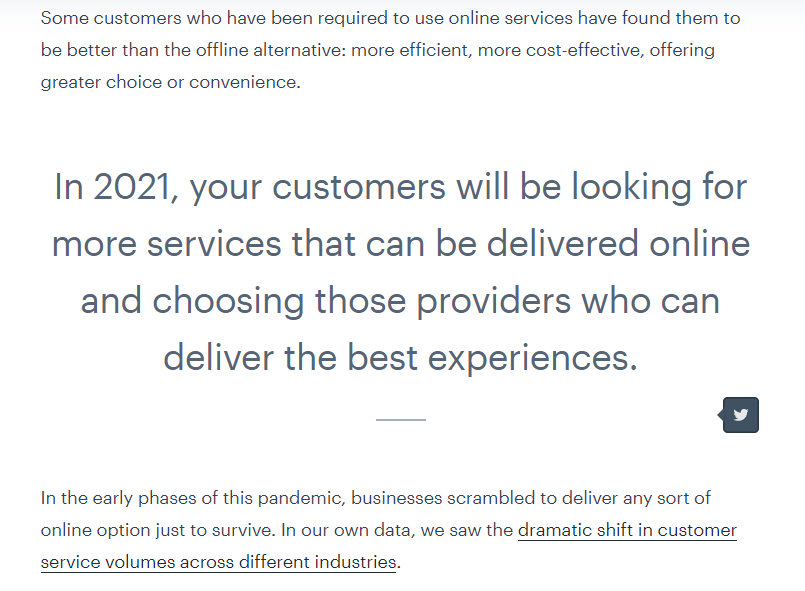
User endorsements
Customer reviews
One of the most obvious examples of social proof comes in the form of customer reviews. If people see that reviewers like your products, it stands to reason they also will.
For example, you can include widgets of your positive reviews or include star ratings next to a product description.
Read also: 8 Tips to Nurture Positive Online Reviews
Customer receipts
Imagine you’re shopping for a new sleeping bag on a camping gear website, and you see a pop-up on the bottom of your screen:
“Shelley P. from Denver, Colorado purchased this Cool Weather Sleeping Bag 30 minutes ago.”
Other customers are buying this brand’s products. And it seems like they’re selling like hotcakes!
Many eCommerce platforms have widgets that enable this feature. Curious customers can see your other sales, encouraging them to act fast before that sleeping bag they want is gone.
Snoball offers widgets that show your latest 5-star reviews to customers. Not only does it show your products are going fast, but it lets customers know how people feel about your brand:

Read also: Introducing the Social Proof Pop-Up: Why It Works
User-generated content
If influencers aren’t in your budget or on your radar, you can share your product through the everyman. Retweet and reshare positive mentions about your brand or pictures of customers using your product. This content reinforces that people love your work! Make this routine, so it’s clear to buyers that if they share their experiences, they might get a RT.
Hair dye company Arctic Fox reshares pictures from happy customers who used their products:
And influencer clothing seller Like to Know It features posts from the influencers who use their product:
Live data
Your numbers can speak for themselves. If visitors see that 80,000 other people have already bought your product, this affirms that your company is a popular choice. And social proof dictates that a popular choice is likely to be a good one.
Reference numbers like your satisfaction ratings, sales, downloads, or social shares.
With metrics being the nature of their business, SEO companies are particularly good at this form of social proof. SEO service SEMrush includes some tantalizing numbers about its features while also letting you know 6 million other people use the company:
You can include your data on other pages beside your lander, too. City National Bank includes its number of social shares on a blog. With 262 shares, users will be more likely to share as well:
FOMO metrics
Remember how we suggested using your numbers to draw customers in? You can also use your numbers to warn of product scarcity, which will make customers think the item is popular.
Another way to use your data is to set timers that warn customers that your exclusive deal will end soon, or that they only have 24 hours to purchase what’s in their cart. These make it seem like you move inventory fast.
Clothing company ModCloth warns you when an item is selling out so you can snag it fast:
Ideal customers
Logos of your customers
If you’re in the B2B space, show other companies you’ve worked with. Your customers might recognize some brands they admire, encouraging them to also work with you.
SEO resource Ahrefs features some of their clients under a call to action:
What’s more, the company adds the number of news members to back up their social proof. See more info on FOMO metrics above.
Case studies
Case studies take an in-depth look at your successful customers — who are hopefully also your ideal customers. A case study typically follows this three-part format: the problem a client was facing, the solution your product provided, and the results your client got from your service. Customer stories give protential buyers a look behind the scenes. They can read your case study to see if they have the right problems for your business to solve.
Task management company Asana showcases how high-profile clients use their tool to launch products faster and get more done:
Asana is looking for enterprise clients that are household names to share their stories.
Case studies can also be used for B2C brands. Customer testimonials for B2C can be more informal and sweat measurable results a little less.
Udemy offers online courses, and they share the story of one of their students on their landing page:

Many customer testimonials are told through video, because it's easy to get potential customers' attention with this format.
We can help you with social proofing.
Our team has a library of review widgets to help businesses like yours convert more customers. Learn more about how Snoball can manage your online reputation.
Schedule a Demo
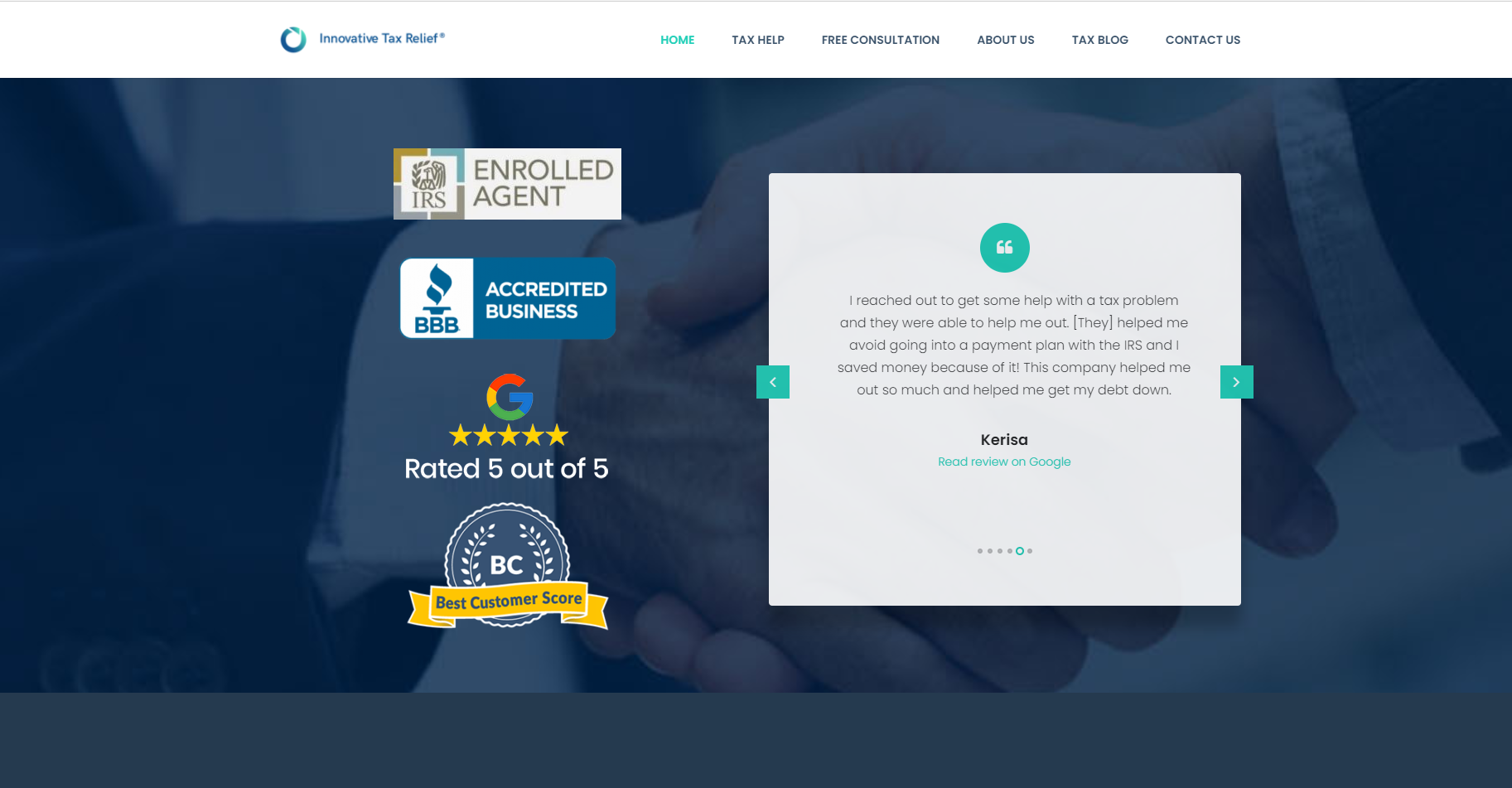


.PNG)

